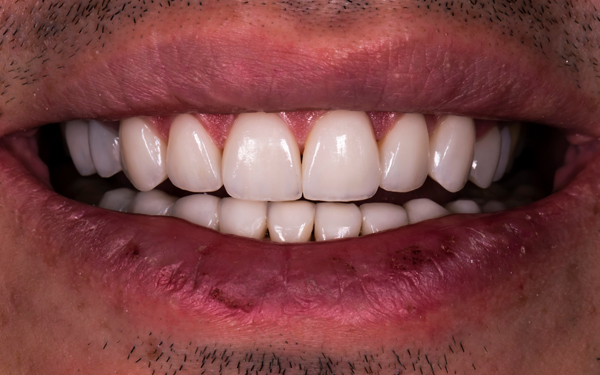What to Expect When Visiting a TMJ Dentist

A TMJ Dentist is a dental professional who helps diagnose and treat problems with the temporomandibular joint (TMJ), which connects the jaw to the skull. Issues with this joint can cause pain, stiffness, and discomfort in the jaw. They can also lead to headaches, earaches, and trouble chewing. Visiting a TMJ dentist is an important step in finding the cause of these symptoms and getting the right treatment to improve oral health and overall comfort.
What does a TMJ dentist do?
A TMJ dentist specializes in the health and function of the temporomandibular joint. According to Johns Hopkins Medicine, this joint plays a key role in everyday activities like chewing, speaking, and yawning. When the joint is not working correctly, it can cause a condition called TMJ disorder, or TMD. This condition can result from various issues, such as grinding teeth, an injury to the jaw, arthritis, or a misaligned bite. A TMJ dentist works to identify what is causing the problem and create a treatment plan to help relieve symptoms and restore normal jaw movement.
What to expect during a consultation with a TMJ dentist
In order to determine the most appropriate treatment to address TMD, the TMJ dentist must conduct a thorough evaluation. The dentist will ask the patient about their symptoms, including when they started and if anything makes them worse or better. It may be helpful to list this information on their phone or a sheet of paper so nothing is forgotten. This information helps the dentist understand the problem and what to look for during the evaluation.
Next, the TMJ dentist will perform a physical examination. Common signs they check for are tenderness, swelling, or any difficulty moving the joint. The dentist may ask patients to perform several movements, such as opening and closing their mouth or moving their jaws from side to side, to see how well they function. If the dentist requires more information, they may employ X-rays or other imaging diagnostic tests to get a more detailed picture of the joint and surrounding areas.
Common treatments from a TMJ dentist
After the evaluation, the TMJ dentist will explain their findings and recommend treatment options. The treatment plan depends on the cause and severity of the TMJ disorder. For minor issues, the dentist may suggest simple changes, such as eating softer foods, practicing relaxation techniques, or performing targeted exercises to help the jaw muscles. In some cases, the dentist may create a custom mouthguard or splint to wear, which can reduce teeth grinding and take pressure off the joint.
For more severe cases, additional treatments may be necessary. These might include physical therapy to strengthen and relax the jaw muscles, medications to reduce pain or swelling, or orthodontic treatments to fix bite alignment issues. If the problem does not improve with these methods, the dentist may refer the patient to a specialist for advanced care.
Find relief today
Seeing a TMJ dentist can provide relief for those dealing with jaw pain, stiffness, or other symptoms of TMJ disorders. If jaw discomfort or related symptoms affect your daily life, scheduling an appointment with a TMJ dentist in the Kemah area is a step toward finding solutions. Contact Your Perfect Smile Cosmetic & Family Dentistry to receive a care plan to improve your quality of life.
Request an appointment here: https://www.yourperfectsmiledentistry.com or call Your Perfect Smile Cosmetic & Family Dentistry at (281) 305-9549 for an appointment in our Kemah office.
Check out what others are saying about our dental services on Yelp: TMJ Dentist in Kemah, TX.
Related Posts
Having a full mouth reconstruction is a highly involved process. Whether you need one due to severe decay or infections, after suffering a dental trauma, or an issue you were born with, this procedure can help restore the full function and appearance of your smile. After a full mouth reconstruction, there are some helpful ways…
Seeing a preventive dentist is a vital part of your oral healthcare routine each year. However, many people skip this essential step because they do not want to spend time at a dental office. Fortunately, a preventive dentist provides many valuable services that can help your smile last a lifetime and stop future issues before…
Laser dentistry is changing the way some dentists perform common dental procedures. This advanced dental technology utilizes special dental lasers instead of more traditional dental instruments. In addition to crown lengthening and gum disease treatment, dental lasers can also be tools for root canal procedures.A root canal is necessary when a dental patient experiences an…
Adult sedation dentistry is the modern way to deal with the pain or stress that patients may experience when visiting the dentist. While we do everything in our power to limit or eliminate pain, some patients will still feel a bit of fear toward any type of dental appointment. Fortunately, we have different types of…


